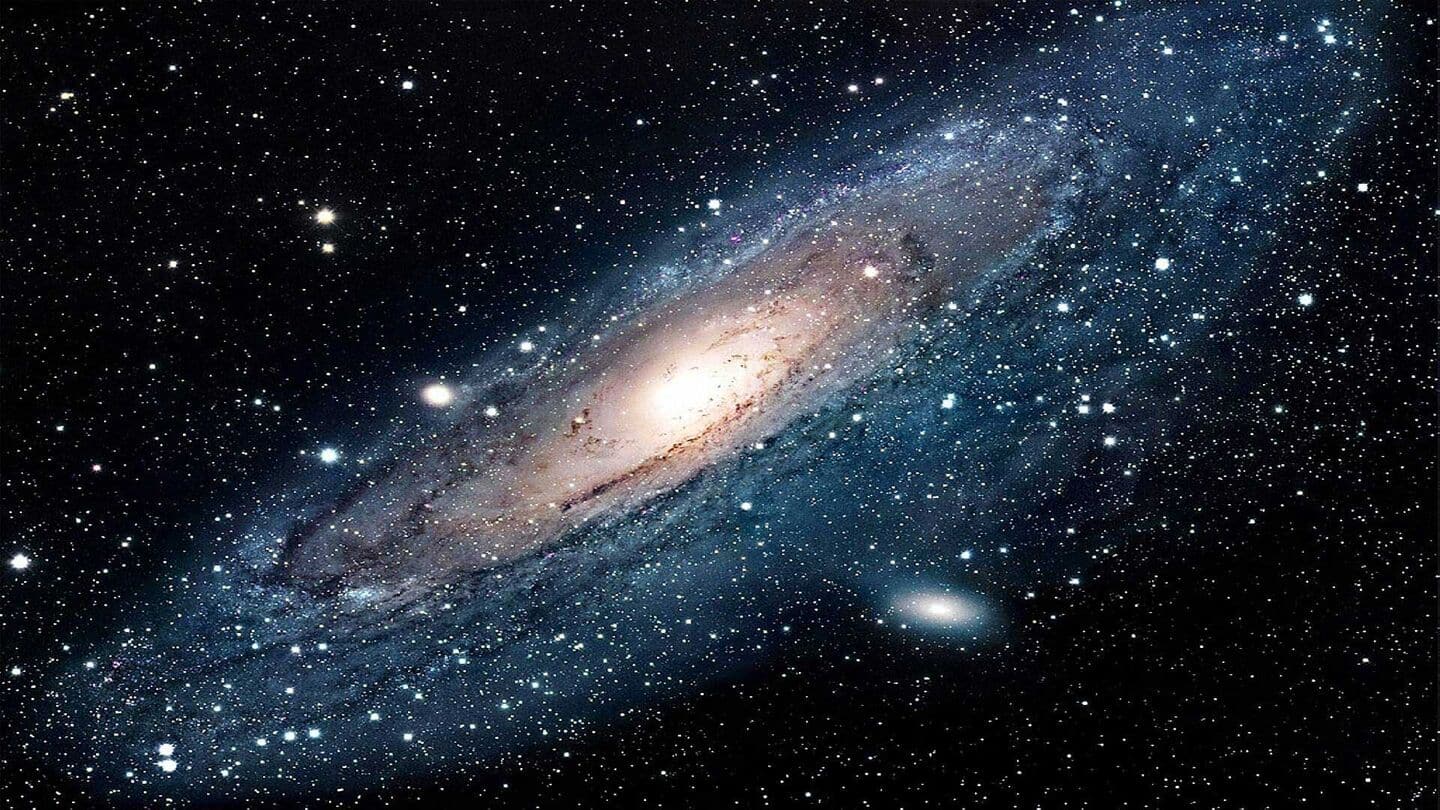
This is how we can predict future of Milky Way
What's the story
A recent study by the University of Queensland has revealed that our galaxy, the Milky Way, is on a collision course with its neighbors. The research, led by Dr. Sarah Sweet from the School of Mathematics and Physics, was published in the Monthly Notices of the Royal Astronomical Society. The study is part of "Delegate," a collaborative survey involving several institutions, including Australian National University's Research School of Astronomy and Astrophysics.
Galactic collision
Milky Way to merge with Andromeda in 2.5B years
Dr. Sweet's research indicates that the Milky Way will merge with the Andromeda galaxy and their respective dwarf galaxies in about 2.5 billion years. "This paper shows these galaxies—NGC5713 and NGC5719—combine as if they were dancing with the closely located dwarf satellites rotating around them," Dr. Sweet said, explaining how this merger could shape our galaxy's future satellite system.
Evolutionary insights
Research helps refine models of galaxy evolution, dark matter
The study of NGC5713 and NGC5719 gives us a unique perspective on how structures like the Milky Way's satellite system form and evolve. "Understanding our galaxy's likely future helps us refine models of galaxy evolution, dark matter, and cosmic structure," Dr. Sweet said. She emphasized that this research is part of a larger cosmic story that unfolds over billions of years, involving dances of galaxies and the shaping of the universe itself.
Ongoing research
'Delegate' survey will publish many papers to confirm findings
The "Delegate" survey will publish several papers to confirm the galaxy evolution findings. ANU Professor Helmut Jerjen, the lead researcher of this study, said they are comparing our local galaxy group with other twin-like systems. He explained that until we know if Milky Way and Andromeda Local Group is a poster child or a cosmic outlier, our understanding of galactic evolution in a broader cosmological context remains limited.